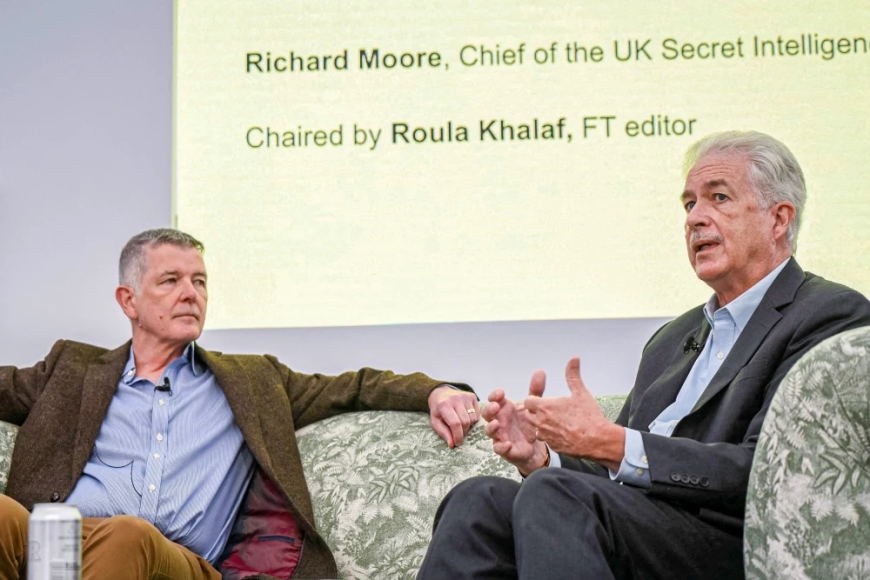Russia's Nuclear Threat and the Global Power Struggle: What’s Really at Stake

Recent remarks from CIA Director William Burns and MI6 Chief Richard Moore reveal an unsettling reality about the war in Ukraine. In the fall of 2022, as Russia’s invasion started to unravel, there was a very real chance that Moscow might resort to using tactical nuclear weapons. Though that threat has calmed for now, it underscores a terrifying truth: this war still carries the risk of spinning out of control, with consequences far beyond Ukraine’s borders.
When Russia first invaded Ukraine in early 2022, no one expected the war to drag on like this. As Ukrainian forces put up fierce resistance and Western military aid kept flowing in, Russia found itself stuck, unable to secure a quick victory. That’s when, according to Burns, Vladimir Putin seriously considered the nuclear option—a chilling moment that could have changed everything. Had Russia used nuclear weapons, even on a small scale, it could have opened the door to a nightmarish future where nuclear threats become the norm in global conflicts. The rules that kept the Cold War from going nuclear would have been shattered.
But let’s be clear: this wasn’t just about military desperation—it was also psychological warfare. Putin was trying to intimidate the West into backing off by dangling the possibility of nuclear escalation. Burns aptly called him “a bully,” reminding us that bullies thrive on fear. The West, however, chose not to flinch. Instead, they continued their support for Ukraine, walking the fine line between taking the nuclear threat seriously and refusing to let fear dictate their actions.
Ukraine’s Bold Move into Russian Territory
Just as Russia was grappling with its military failures, Ukraine made a bold strategic shift. Last month, Ukrainian forces carried out an operation in Russia’s Kursk region, which disrupted Russian military activities and challenged Moscow’s narrative of inevitable victory. Moore described this as "audacious and bold," and it was certainly a statement: Ukraine is no longer just defending itself but is taking the fight directly to Russia.
But this move comes with its own risks. While it showcases Ukraine’s determination, it also raises the stakes. How will Russia respond? How long can Ukraine sustain such operations without provoking an even more dangerous retaliation? As Burns and Moore have warned, the situation remains highly unpredictable, and any shift could trigger a dangerous new phase of the war.
A New Axis of Power? Russia’s Allies Step In
What’s even more concerning is the larger geopolitical shift happening behind the scenes. Burns and Moore pointed to an emerging alliance between Russia, China, Iran, and North Korea. Isolated from the West, Russia is leaning on these authoritarian regimes for military support—Iran is supplying drones, North Korea is providing artillery, and China is helping with military components. This isn’t about ideology; it’s about survival and a shared desire to push back against Western dominance.
This growing cooperation between authoritarian states signals a shift in the global power balance. We’re no longer looking at a world where the U.S. and its allies are the uncontested leaders. Instead, we’re seeing the rise of a multipolar world, where different centers of power—often with conflicting interests—make global conflicts more complex and harder to manage.
For the West, this poses a dual challenge: supporting Ukraine in its fight against Russian aggression while also keeping an eye on this broader strategic alliance, which could reshape the international order in the long term.













































